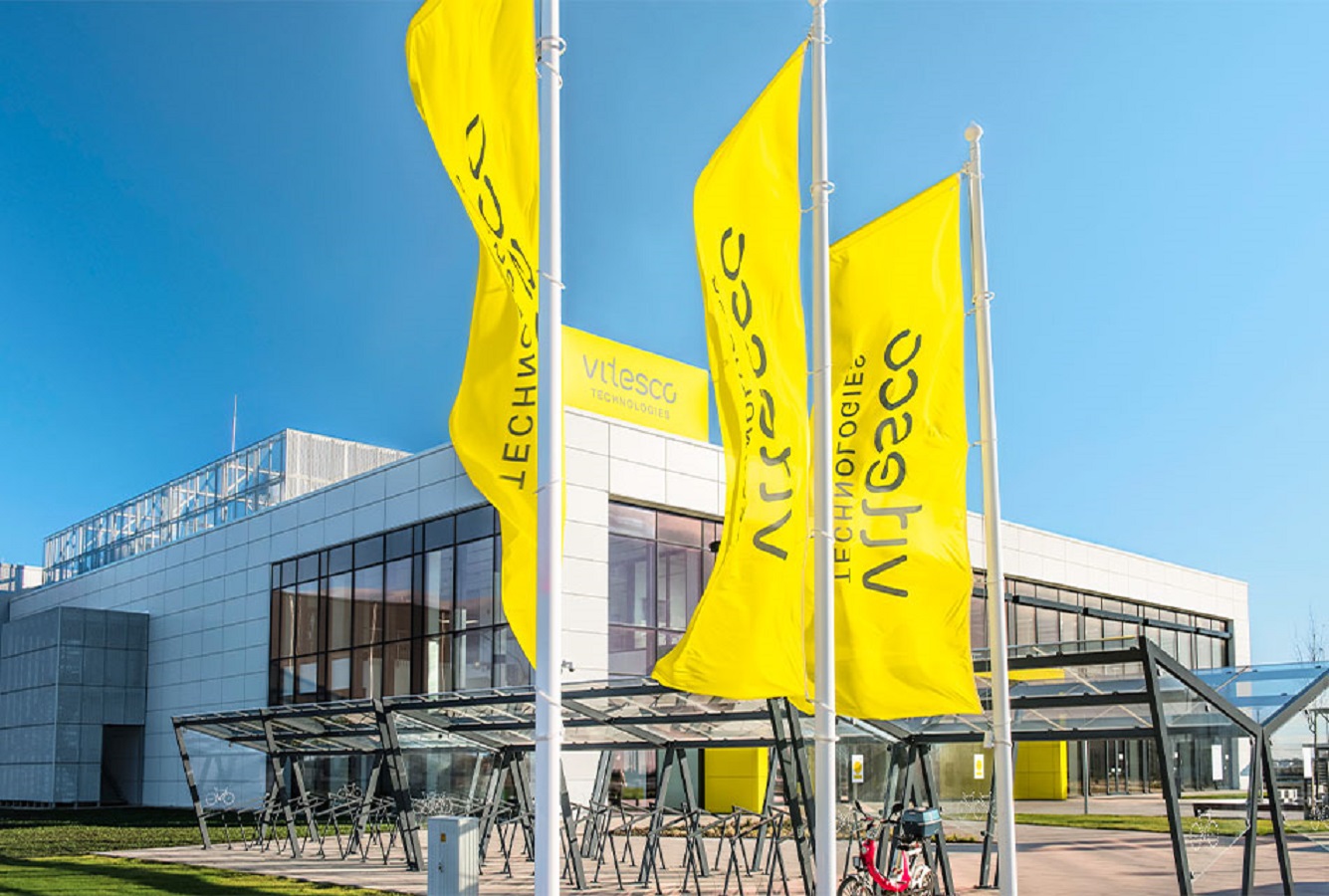BENGALURU:
Samsung India is planning to hire over 300 engineers from the IITs this placement season to strengthen its R&D operations in India, especially in the rising domains of artificial intelligence, machine learning, IoT, natural language processing, camera technology and 5G networks.
The three Indian R&D centres of the consumer electronics and mobile phone major, at Bengaluru, Delhi and Noida, will visit the top IITs at Delhi, Kanpur, Bombay, Madras, Kharagpur, Guwahati, BHU, Roorkie, starting December 1. The R&D centres will also hire engineers from the newer IITs at Hyderabad, Dhanbad, Ropar, Indore, Gandhinagar, Patna, Bhubaneswar, Mandi and Jodhpur.
“Our R&D centres are focusing on cutting edge technologies, developing innovations for the Indian market as well as for the globe. We will continue to add engineers for research and development in these areas and further our commitment to making a strong research base in India,” said Sameer Wadhawan, Head, Human Resources at Samsung India.
This year, Samsung’s R&D centres, which have become centres of excellence, are trying to enhance their talent base by going to more colleges, including the newer IITs, he said. Samsung has offered over 200 Pre Placement Offers (PPOs) to students at the IITs this year.
“There’s a tactical shift that we have made to spot talent early and offer PPOs. This year, we had a slightly longer internship period so that students can spend more time in the company, giving them opportunity to interact with the leaders and managers. This helps us spot a bright talent amongst them,” said Wadhawan.
Apart from the IITs, Samsung will also be hiring from other top engineering colleges such as BITS Pilani, IIITs, NITs, Delhi Technological University, Manipal Institute of Technology, IISc Bangalore. Between the IITs and other engineering colleges, Samsung will hire close to 1,000 engineers.In all it has offered 350 PPOs this year.
While Samsung has been hiring engineers from the computer science, electronics and communications, electrical engineering and information technology streams, Wadhawan pointed out that mathematics & computing and instrumentation are streams that have been added recently.
“R&D for us has become a key differentiator and we continue to leverage India's intellectual capital and rapidly grow our reputation as the most innovative company in the areas which we operate,” he said. Samsung had said last year that it will hire a total of 2,500 engineers for its R&D operations over the next 3 years.
In 2017, Samsung spent over $15 billion on R&D globally.In August this year, the company had announced that it will invest $22 billion globally on four emerging technologies – AI, 5G, automotive electronics components and Biopharmaceuticals – over the next three years.
The company’s R&D centres are also at the forefront of patent filing in India, having filed over 2,900 patents in the country so far. The R&D centres have worked on creating a culture of innovation and of filing patents. The Bengaluru R&D centre, Samsung’s first R&D centre in India set up in 1996, for instance, has a specialised in-house team that conducts company-wide systematic patent creation training.
This training helped engineers at the R&D centre understand what an invention is, how they can identify one, and how to file a patent. In the next step, the team helped them improve their inventions, innovations, so that employees start contributing to Samsung’s patent portfolio. Over the last few years, Samsung’s R&D centres in India have contribute to global products as well as developed India specific innovations for the local market here under its ‘Make for India’ initiative.
One of the most recent examples of the Make for India innovations is the Chat over Video feature that complements millennial requirements of uninterrupted video binging. Chat over Video removed interruptions while viewing video content on mobile devices by ensuring that the video keeps playing and it also provides a transparent keyboard to continue chatting.




